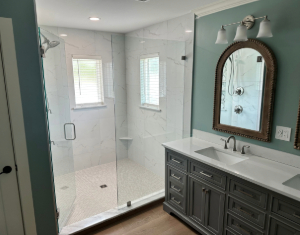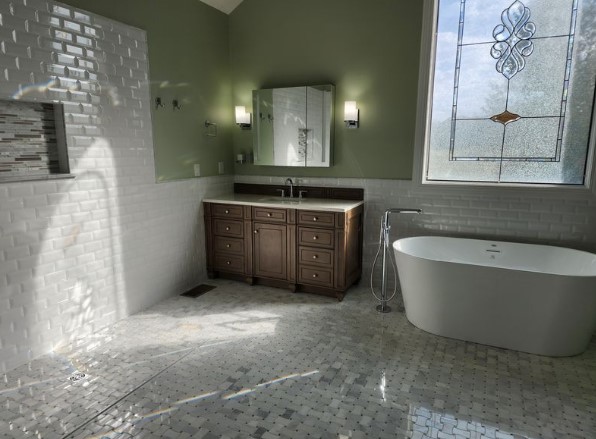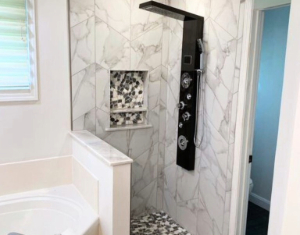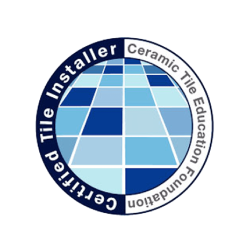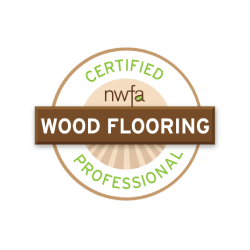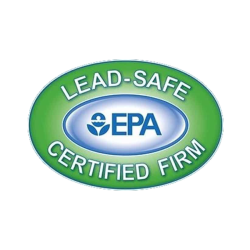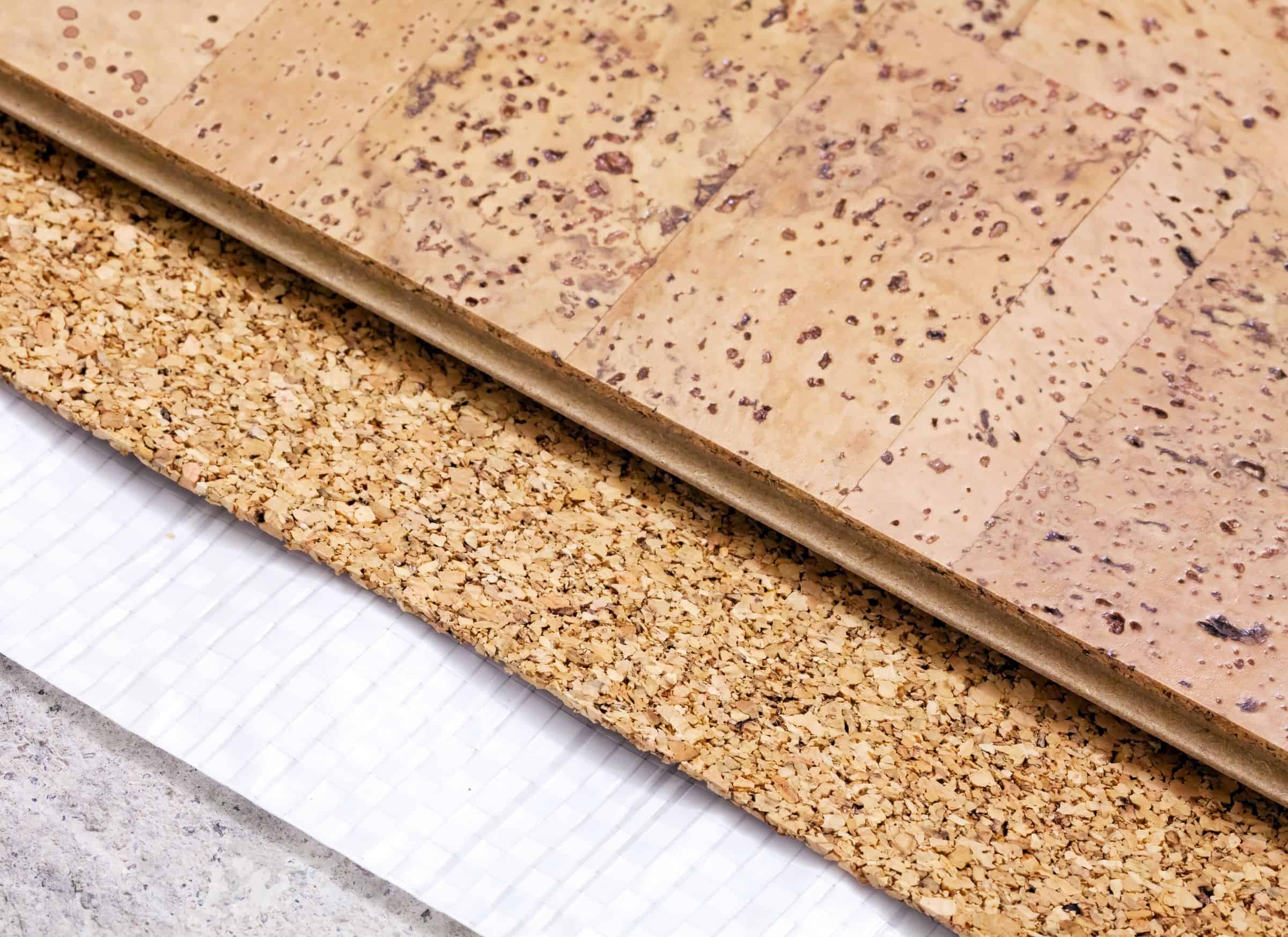Cork Flooring has grown and grown in popularity due to being a very renewable resource. Those who are environmentally conscious are choosing cork more and more. Many homeowners had never heard of it until recent years. However, it has been available for decades. Cork is a guilt free option for a hardwood feel without the harvesting of trees from old growth forests. For those of you who are weighing your flooring options, and are looking for an environmentally friendly, renewable option, keep reading below for the low down on cork flooring.
How Cork Flooring is Made
Cork comes from the bark of the cork oak tree. These trees are grown commercially on plantations in Europe where the bark is periodically harvested while keeping the trees alive. It works wonderfully for wine stoppers as well as flooring. Cork is a natural material that grows back on the living tree after being harvested. Besides being renewable, cork flooring is also highly biodegradable. Once it is replaced, it breaks down naturally after being disposed of. You may be thinking about how soft your wine cork is at this point. Cork flooring is created by grinding then compressing the cork with resins to form sheets of flooring material.
Solid Cork, or Laminate?
Natural cork has a nice natural look, but new engineering techniques have made cork flooring available that looks like traditional hardwood, concrete, and marble. You can get creative with the installation by mixing and matching different colored and different patterned tiles. Traditional cork flooring comes in planks or tiles that are solid cork throughout. They are glued down during installation like vinyl tiles. Laminated cork flooring has a layer of cork on the top and bottom with fiberboard in the center. The laminated variety of cork flooring has locking edges, and is a floating floor similar to traditional laminate.
Pros and Cons
A huge plus for cork flooring is that it can be refinished periodically like hardwood. Therefore, you get a brand new look. Simply sand down any dents or scratches, stain, and reseal. However, if you opt for engineered cork flooring, it must be replaced because it only has a thin top layer of cork.
A con for cork flooring is it is not as durable as hardwood or tile. It is very important to finish it with many coats of sealant. As long as it is sealed properly, the maintenance for cork is a breeze. Simply sweep and damp mop it as necessary. However, even with a proper seal, it is vulnerable to moisture. All spills must be cleaned up immediately. If not, it could stain or swell.
Cork Flooring and Pets
Cats and dogs without trimmed nails will scratch cork. While frequent claw trimming will prevent some scratches, if you have pets, some marks are inevitable. Keep in mind that cork will show signs of wear at some point. This should be planned for in a space where that works with the feel of the room. Heavy furniture may dent the floor, but this can be prevented with furniture coasters or planks under the feet of your furniture. Long term exposure to direct sunlight will alter the hue of your cork flooring, but this can be prevented by keeping the curtains closed.
Need some more information on cork flooring? Call or email Flooring Masters & Professional Remodelers today for a free consultation. We know you only want the best in flooring and remodeling. That’s why it’s important to hire the best in the business, and at Flooring Masters & Professional Remodelers, we can guarantee you that’s us.
Flooring Masters & Professional Remodelers have been flooring and remodeling Kentuckiana for over 30 years. Our certified installers have the ingenuity and know-how to assist you in choosing the perfect floors for your home. Don’t take matters into your own hands—let us guide your next project.


